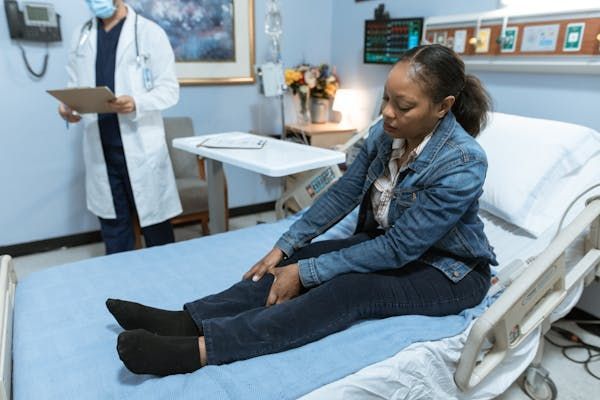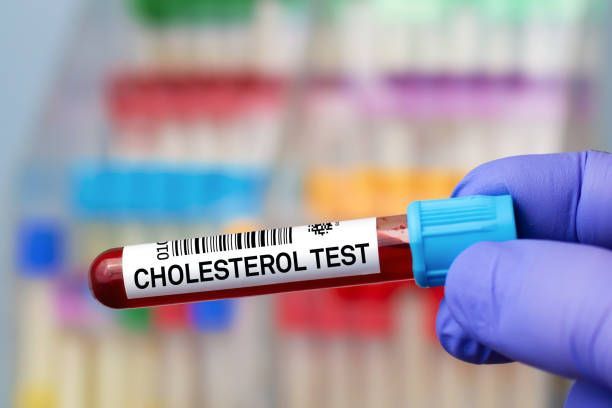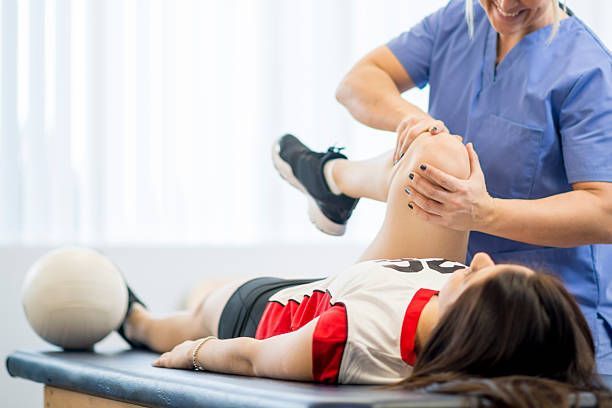Dealing with Mild Ankle Sprains
Ankle sprains are among the most frequent musculoskeletal injuries, affecting individuals across all age groups and activity levels. Whether you're an athlete, a fitness enthusiast, or simply someone who missteps on an uneven surface, a mild ankle sprain can occur unexpectedly and disrupt your daily routine.
Although less severe than a fracture or a complete ligament tear, even a mild sprain can cause significant discomfort, swelling, and instability. Proper treatment and care are essential to ensure a swift recovery and prevent long-term complications, such as chronic ankle weakness or recurrent injuries.
Understanding the causes, symptoms, and treatment options for mild ankle sprains can help you take the right steps toward healing while reducing the risk of further damage.
In this guide, we’ll explore the best ways to manage a mild ankle sprain, from immediate first aid to preventive strategies that keep your ankles strong and resilient.
What Is a Mild Ankle Sprain?
A mild ankle sprain occurs when the ligaments that support the ankle are stretched or slightly torn due to an awkward twist, fall, or sudden movement. These sprains are classified as Grade 1, meaning they cause minor pain, swelling, and stiffness but do not result in significant ligament damage.

Common Causes of Mild Ankle Sprains
- Sports and Physical Activity: Engaging in sports that involve running, jumping, or quick directional changes can increase the risk of spraining an ankle.
- Uneven Surfaces: Walking or running on unstable or uneven surfaces can cause the foot to roll and lead to a sprain.
- Improper Footwear: Wearing shoes that lack support or do not fit well can contribute to ankle instability.
- Previous Injuries: If you've had an ankle sprain before, your ligaments may be weaker, making you more susceptible to future injuries.
Symptoms of a Mild Ankle Sprain
- Mild pain, especially when bearing weight on the affected foot
- Slight swelling and tenderness around the ankle
- Stiffness or limited range of motion
- Possible bruising, though minimal compared to more severe sprains
How to Treat a Mild Ankle Sprain at Home
The R.I.C.E. method is a widely recommended approach for treating a mild ankle sprain:
- Rest: Avoid putting weight on the affected ankle to prevent further damage. Consider using crutches if needed.
- Ice: Apply an ice pack wrapped in a cloth to the ankle for 15-20 minutes every few hours to reduce swelling and pain.
- Compression: Use a compression bandage or wrap to support the ankle and limit movement that may aggravate the injury.
- Elevation: Keep the ankle elevated above heart level when sitting or lying down to help reduce swelling.
When to Seek Medical Attention

Although mild ankle sprains typically heal with self-care, you should see an urgent care provider if:
- The pain is severe or does not improve after a few days.
- There is significant swelling or bruising that worsens over time.
- You experience difficulty walking or bearing weight on the ankle.
- There is a visible deformity in the ankle, which may indicate a more severe injury.
Rehabilitation and Strengthening Exercises
After the initial pain and swelling subside, performing gentle ankle exercises can help restore flexibility and strength:
- Ankle Circles: Slowly rotate the ankle in a circular motion to improve range of motion.
- Toe Taps: Sit with your foot flat and tap your toes up and down to strengthen the ankle muscles.
- Resistance Band Exercises: Use a resistance band to perform controlled movements that target ankle stability.
- Balance Training: Standing on one foot can improve coordination and prevent future injuries.
How to Avoid Ankle Sprains
To reduce the risk of another sprain, consider the following precautions:
- Wear Supportive Footwear: Choose shoes with good arch support and cushioning, especially for physical activities.
- Warm-Up and Stretch: Engage in a proper warm-up before exercising to loosen up the muscles and joints.
- Improve Balance and Strength: Strengthening the muscles around the ankle can enhance stability and reduce the likelihood of sprains.
- Be Mindful of Surfaces: Avoid running or walking on uneven ground where possible.
Get the Care You Need
A mild ankle sprain may not be a serious injury, but it still requires proper care and attention to ensure a smooth recovery. By following the R.I.C.E. method, engaging in rehabilitation exercises, and taking preventive measures, you can heal effectively and minimize the risk of future injuries.
If your symptoms persist or worsen, visit
UrgiClinic Urgent Care for a professional evaluation and personalized treatment plan. Walk in today and let us help you get back on your feet safely.













